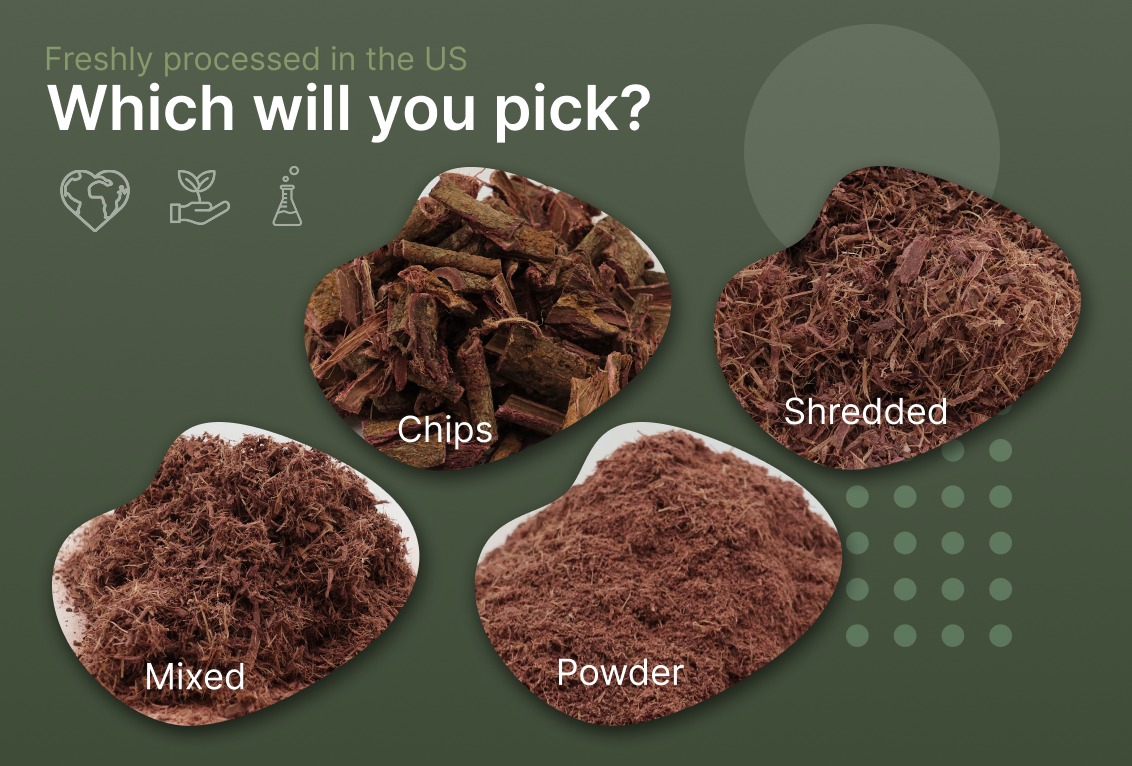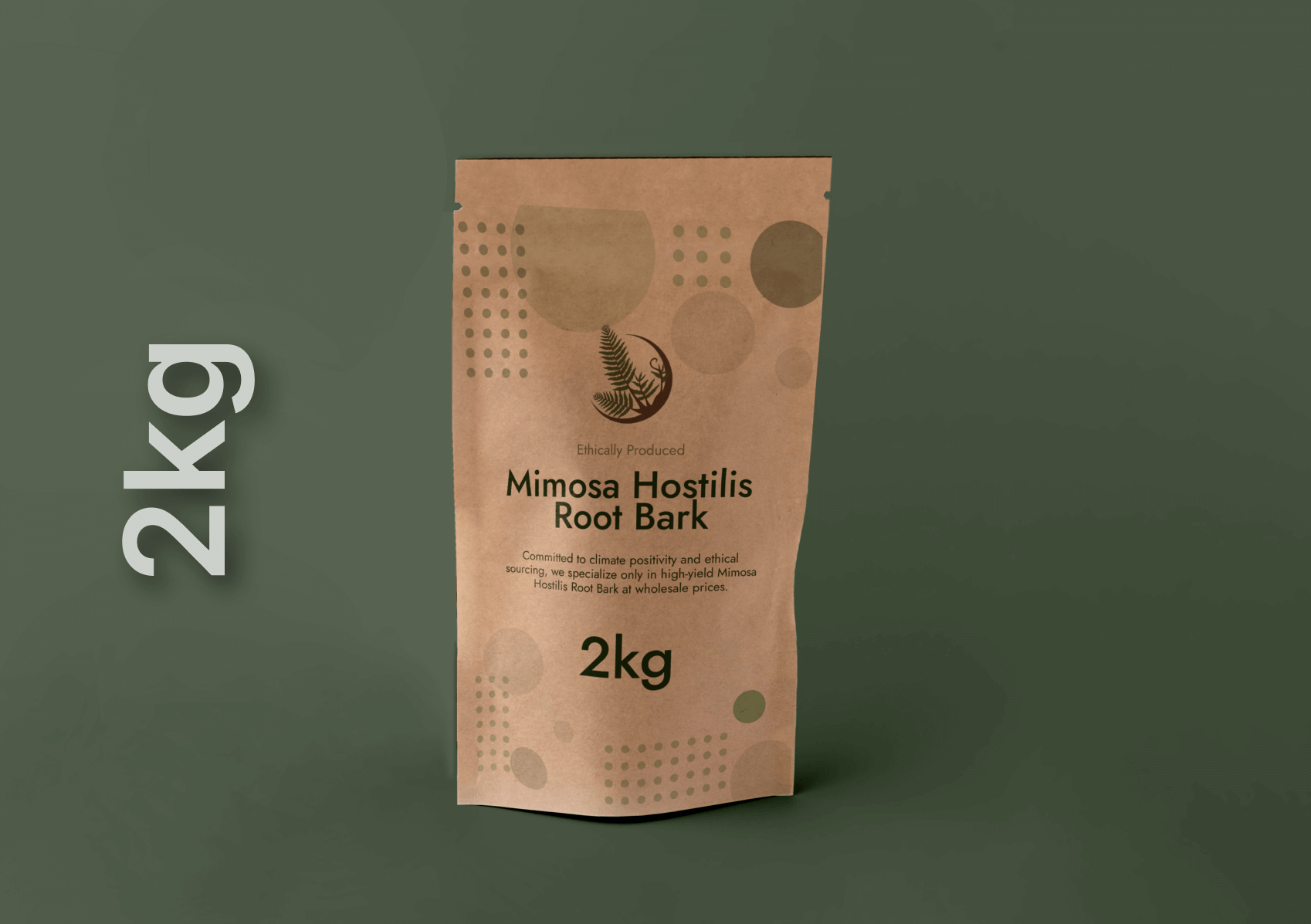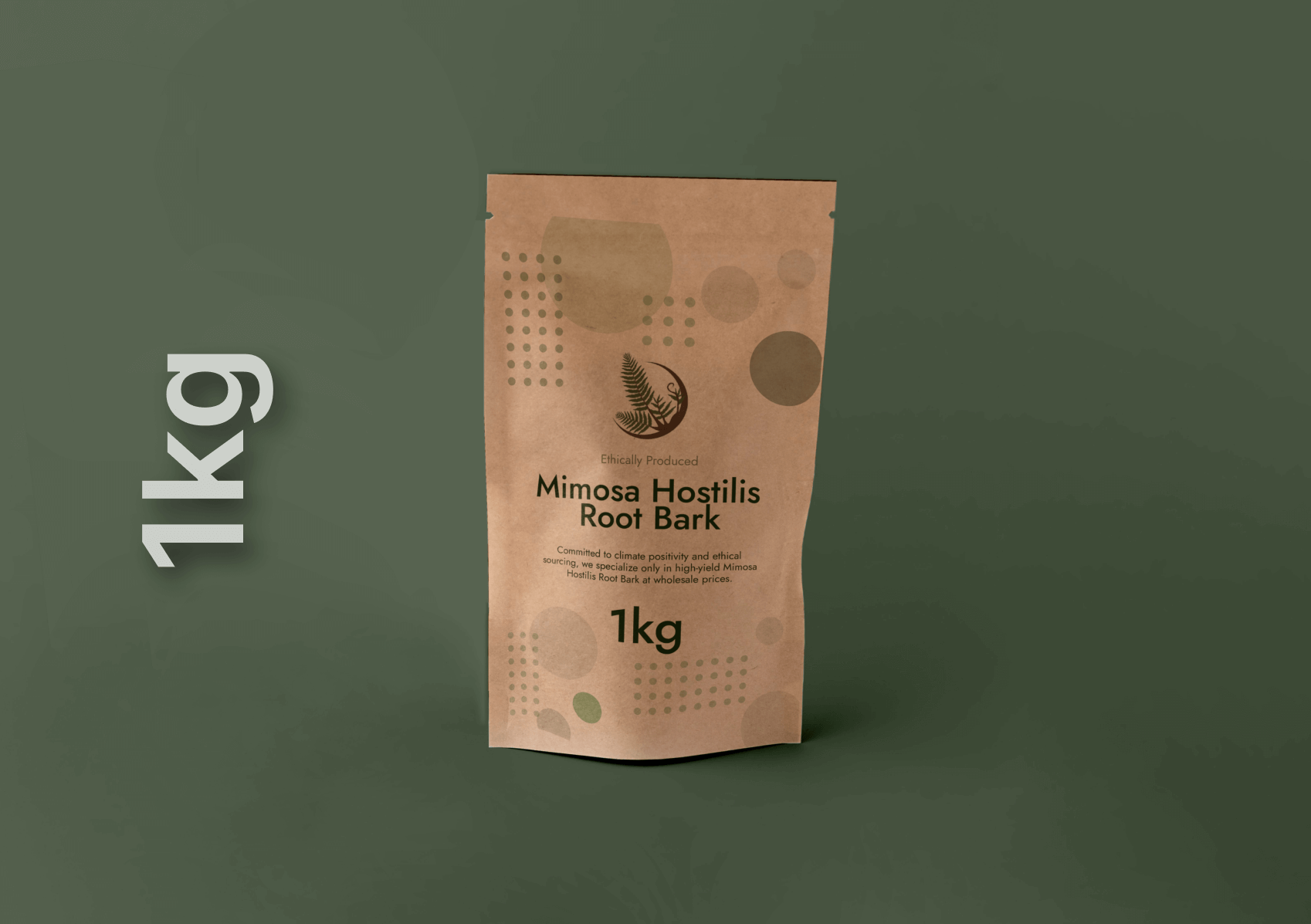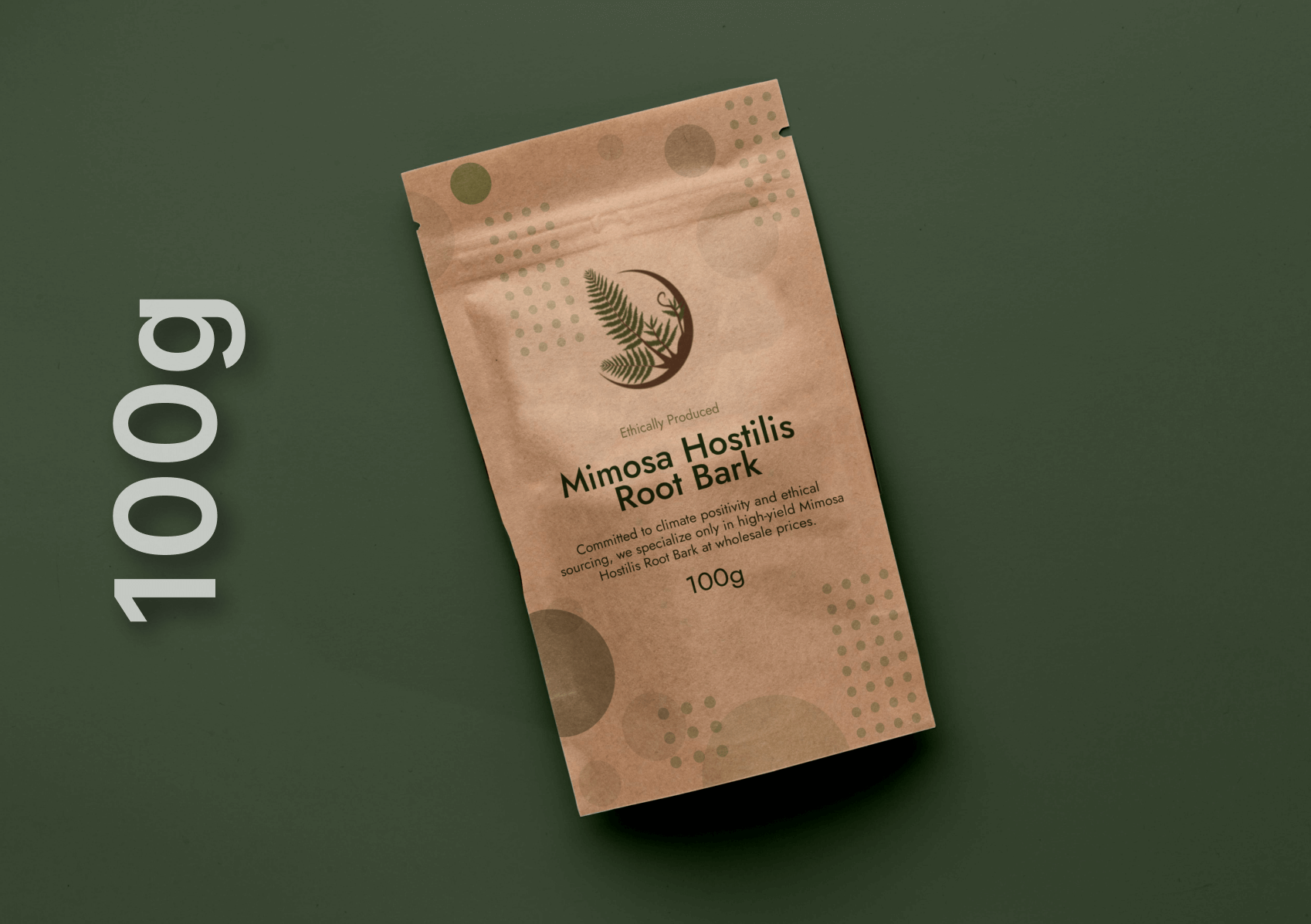The Mimosa genus is rich with a variety of species, each offering unique characteristics and uses. Among them, Mimosa Hostilis and Mimosa Pudica stand out for their distinct qualities:
- Mimosa Hostilis: Also known as Jurema in Brazil, this plant is native to Mexico and South America. It is celebrated for its role in traditional medicine, spiritual ceremonies, and its potent psychoactive properties.
- Mimosa Pudica: Often referred to as the ‘Sensitive Plant’ or ‘Touch-Me-Not,’ Mimosa Pudica is known for its rapid leaf movements in response to touch. It is found in tropical regions worldwide and is commonly grown as an ornamental plant.
Botanical Differences
While both plants belong to the Mimosa genus, they differ significantly in appearance and botanical structure:
- Mimosa Hostilis: This plant typically grows as a large shrub or small tree, reaching heights of up to 8 meters. It features thorny branches, bipinnate leaves, and produces white or pale pink pom-pom-like flowers. The bark is particularly valued for its high concentration of psychoactive alkaloids.
- Mimosa Pudica: A smaller, creeping herb, Mimosa Pudica rarely exceeds 0.5 meters in height. Its most striking feature is its compound leaves, which fold inward when touched, a defense mechanism against herbivores. It produces small, fluffy pink or purple flowers.
Ethnobotanical Uses
The cultural and medicinal uses of Mimosa Hostilis and Mimosa Pudica reflect their different properties and native regions:
- Mimosa Hostilis: Revered in South American cultures, particularly in Brazil and Mexico, Mimosa Hostilis is used in traditional medicine for its healing properties. The bark is used to treat skin conditions, wounds, and burns. Its psychoactive properties make it a key ingredient in spiritual rituals, where it is used to induce altered states of consciousness.
- Mimosa Pudica: Although less significant in traditional medicine, Mimosa Pudica is used in Ayurveda and other traditional healing systems. It is believed to have anti-inflammatory, analgesic, and antimicrobial properties. The plant is often used to treat wounds and respiratory issues.
Spiritual and Cultural Significance of Mimosa
Mimosa Hostilis and Mimosa Pudica both hold places of cultural significance, though in different contexts:
- Mimosa Hostilis: This plant is deeply woven into the spiritual fabric of South American indigenous cultures. It is used in religious ceremonies to connect with the spiritual realm, facilitate visions, and enhance spiritual experiences. The plant’s role in community rituals highlights its importance in preserving cultural heritage.
- Mimosa Pudica: While less central to spiritual practices, Mimosa Pudica’s unique responsive behavior has fascinated cultures worldwide. Its sensitivity to touch is often seen as a metaphor for fragility and defense, symbolizing the delicate balance between vulnerability and protection in nature.
Modern Applications
Both plants have found their way into modern applications, reflecting their enduring appeal:
- Mimosa Hostilis: Beyond its traditional uses, Mimosa Hostilis has gained popularity in the production of natural dyes, particularly for textiles. Its bark, rich in tannins, produces a deep, vibrant red color. Additionally, its psychoactive properties continue to be explored in the context of modern psychotherapy and spiritual exploration.
- Mimosa Pudica: Today, Mimosa Pudica is widely used in gardens and as a houseplant due to its fascinating touch response. It is also studied for its potential medicinal benefits, particularly in the field of natural remedies.
Conclusion
Mimosa Hostilis and Mimosa Pudica are two distinct plants with unique properties and cultural significance. Mimosa Hostilis, with its deep roots in spiritual and medicinal practices, stands as a testament to the enduring relationship between plants and people in South American cultures. Mimosa Pudica, on the other hand, captivates with its sensitive movements and potential health benefits. Understanding these differences allows us to appreciate the diverse contributions of the Mimosa genus to both traditional practices and modern applications.




